Root responds to Coverager
In November, Root reached out to comment on our article titled Gin & Tactics, following this paragraph: “All it took was three years, $527 million dollars, and a unicorn sticker for Root Insurance to amount to a scam as only the initial quote is based “primarily” on a driver’s driving habits, while the renewal premium factors major weather events, the number of claims in the area, and the cost of medical care.”
Here’s Root’s comment:
We’re particularly bothered by the way your article implies that Root somehow rebalances factors on renewal away from driving behavior and intentionally raises rates on renewal business. This is not the case. In fact, it would be illegal in the vast majority of states in which Root operates to treat similarly situated risks differently at the time of renewal than at new business. Our approach to pricing is outlined in publicly available filings and clearly demonstrates that our approach remains consistent across new and renewal policies – driving behavior on renewal is just as critical as it is on new business.
What was called a strategy in the article was actually caused by something very different. When launching an insurance company that is fundamentally trying to change the way car insurance is priced, and starting with no data whatsoever, enormous learning occurs along the way. In fact, Root has collected more data in the last 10 months than the more than two years up to that point. We use this data to constantly refine our pricing. In the beginning, we found areas where we were profusely wrong – in both directions (too high and too low) in pricing customers. As we uncover these situations, we change the prices. Unfortunately, regulations will not allow us to “grandfather” old risks, so this means when a policy renews at Root, there may be large rate swings – and, not surprisingly, a large rate increase is much more likely to generate a Facebook comment than a large rate decrease.
Root’s strategy is to always offer consumers the most accurate and fairest price. We understand that in the early years this will generate disruption in the book, but we also know that these swings will naturally lessen over time. Of course, with 6-month policies, it will take time for pricing changes to work through. However, we are building the company for the long term, not the short term. And we know over the long term that always moving to the best prices we possibly can will create the fairest product in the market for good drivers.
However, in May, I reached out to Root for comment on various topics for this article and one of the questions was whether Root continues to analyze driving behavior after the test drive is over. Here’s the response from Root:
Root starts collecting data from the moment the car starts driving until a trip is completed. We then pull non-driver data out of the data set for pricing. We continue to collect data after the test drive for research purposes to continuously improve our algorithms and services, but we do not currently use this data for pricing purposes beyond the initial quote.
When I asked a spokesperson from Root to explain the different responses, I received the following answer:
That initial statement wasn’t clear, as it was referring to ongoing tracking for rate decisions. I apologize for the confusion. We use initial driving data for both the initial quote and their renewal. We do not disregard that data at renewal, though we also don’t currently update the data at renewal.
But as you can see below, Root still states it doesn’t use driving data to re-rate policies at renewal:
We actually don’t use driving data to re-rate your policy at renewal, Coltn. That’s why you won’t see the driver scorecard in the app once you’ve officially started your policy.
— Root Insurance (@RootInsurance) December 8, 2019
In other Root-related news, the auto insurer valued at $3.65b has a new look. Before:
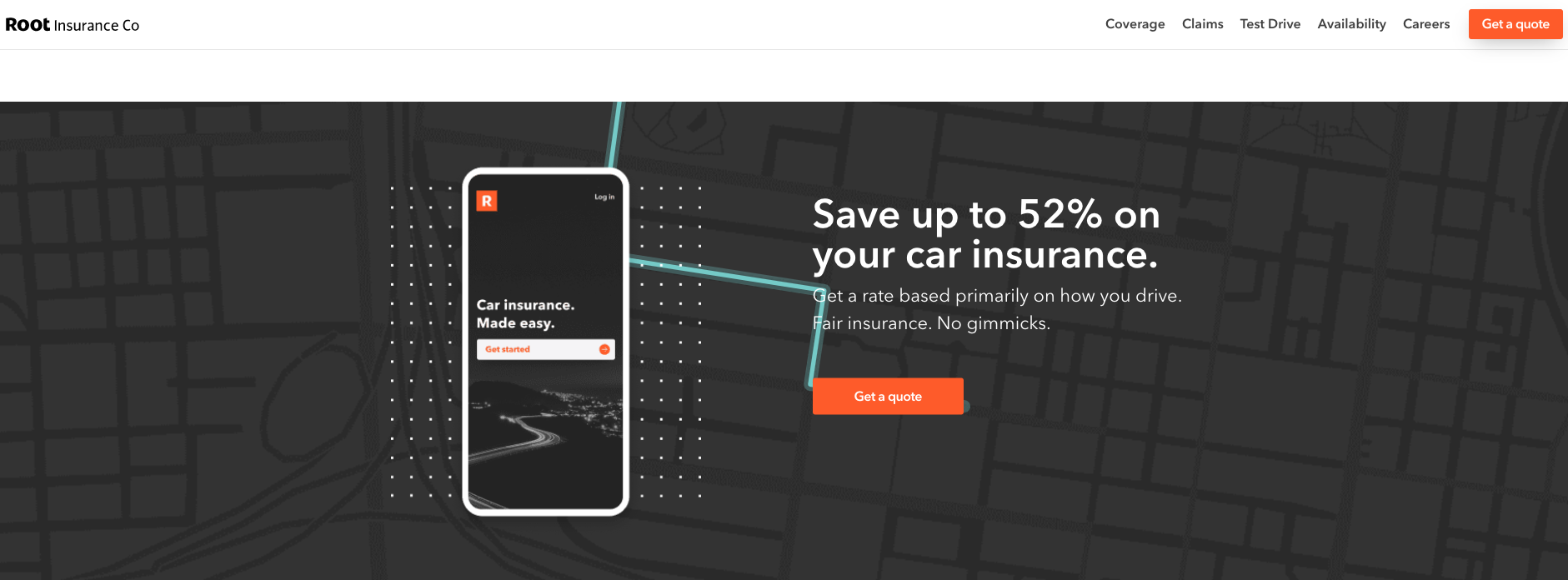
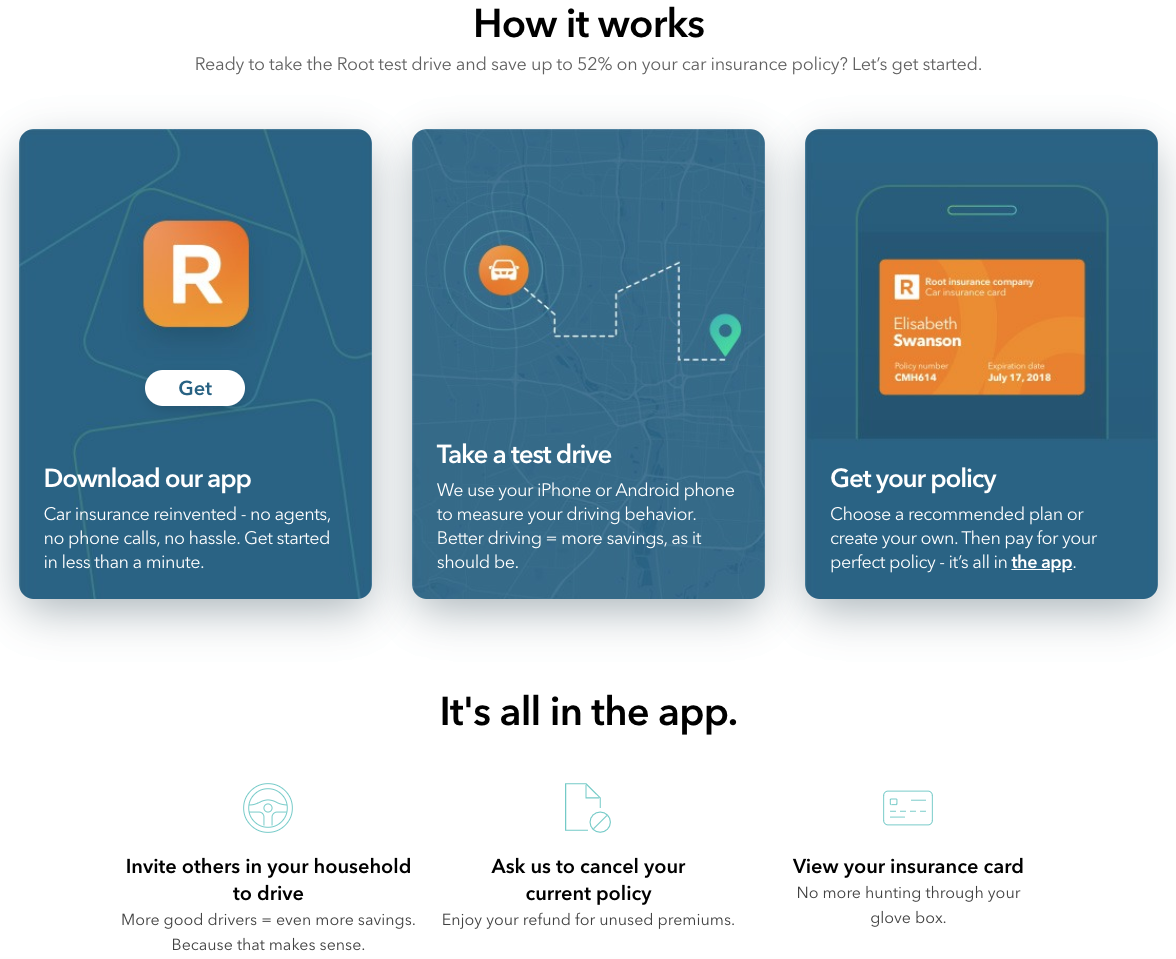
After:
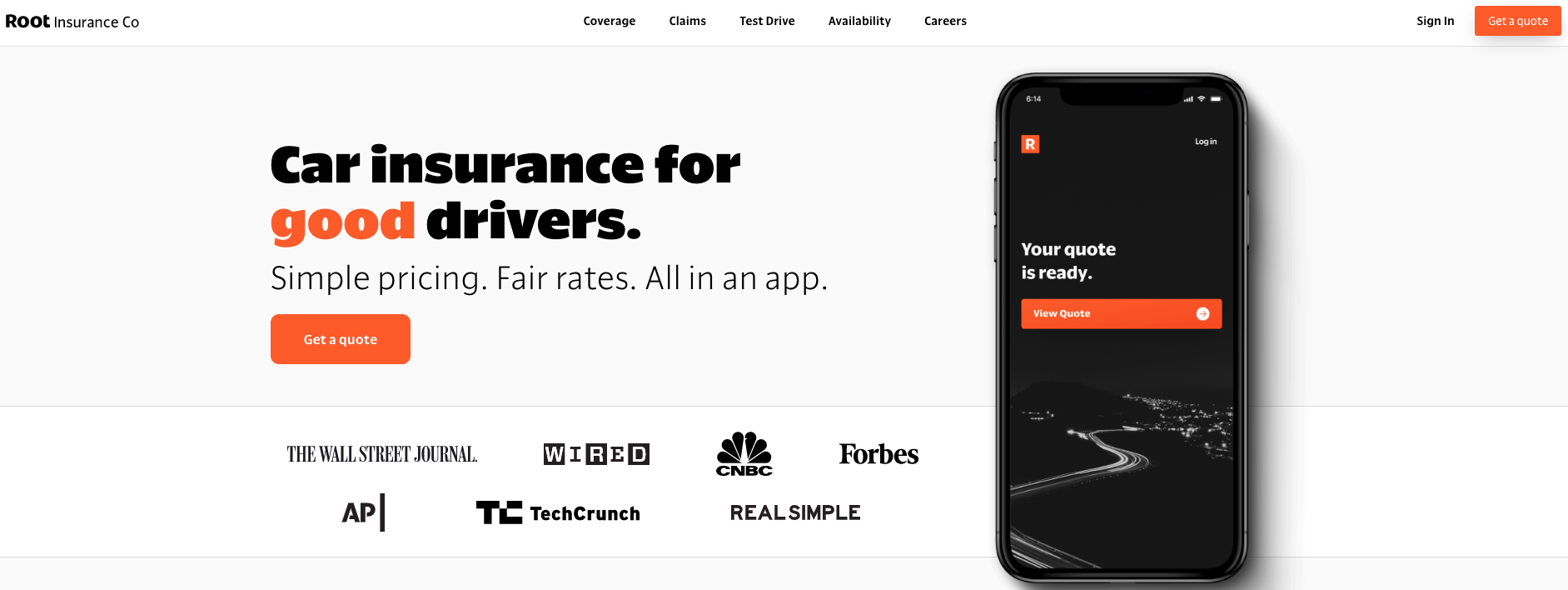
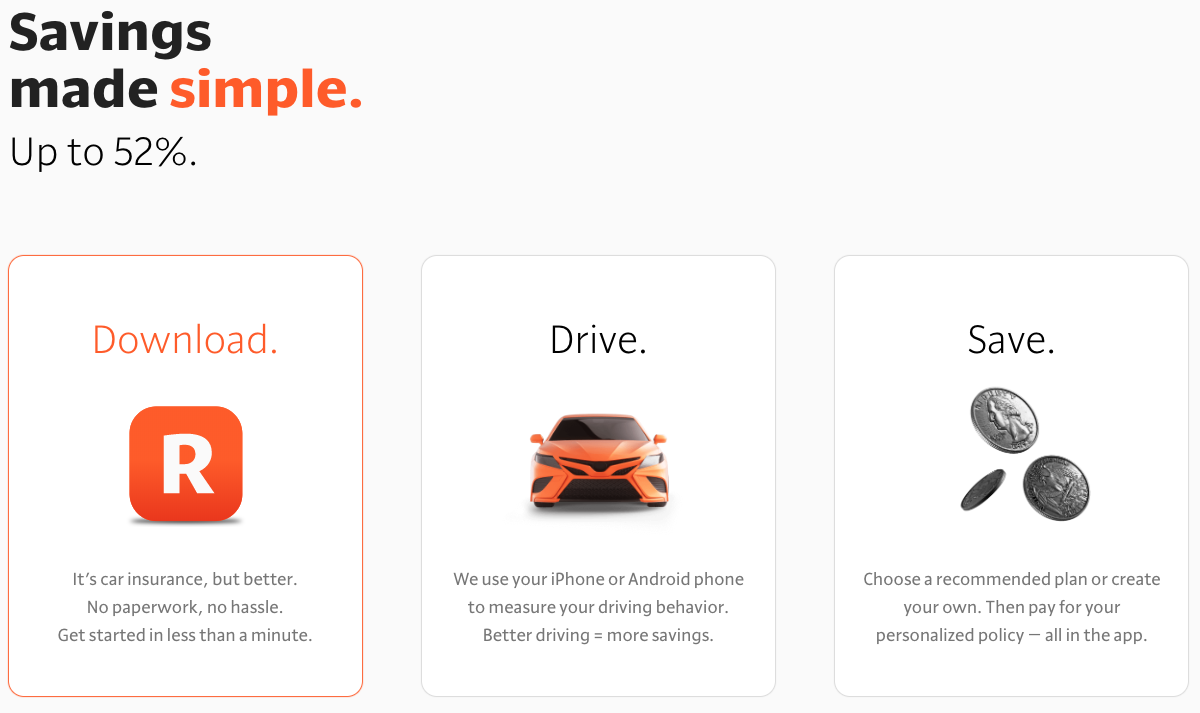
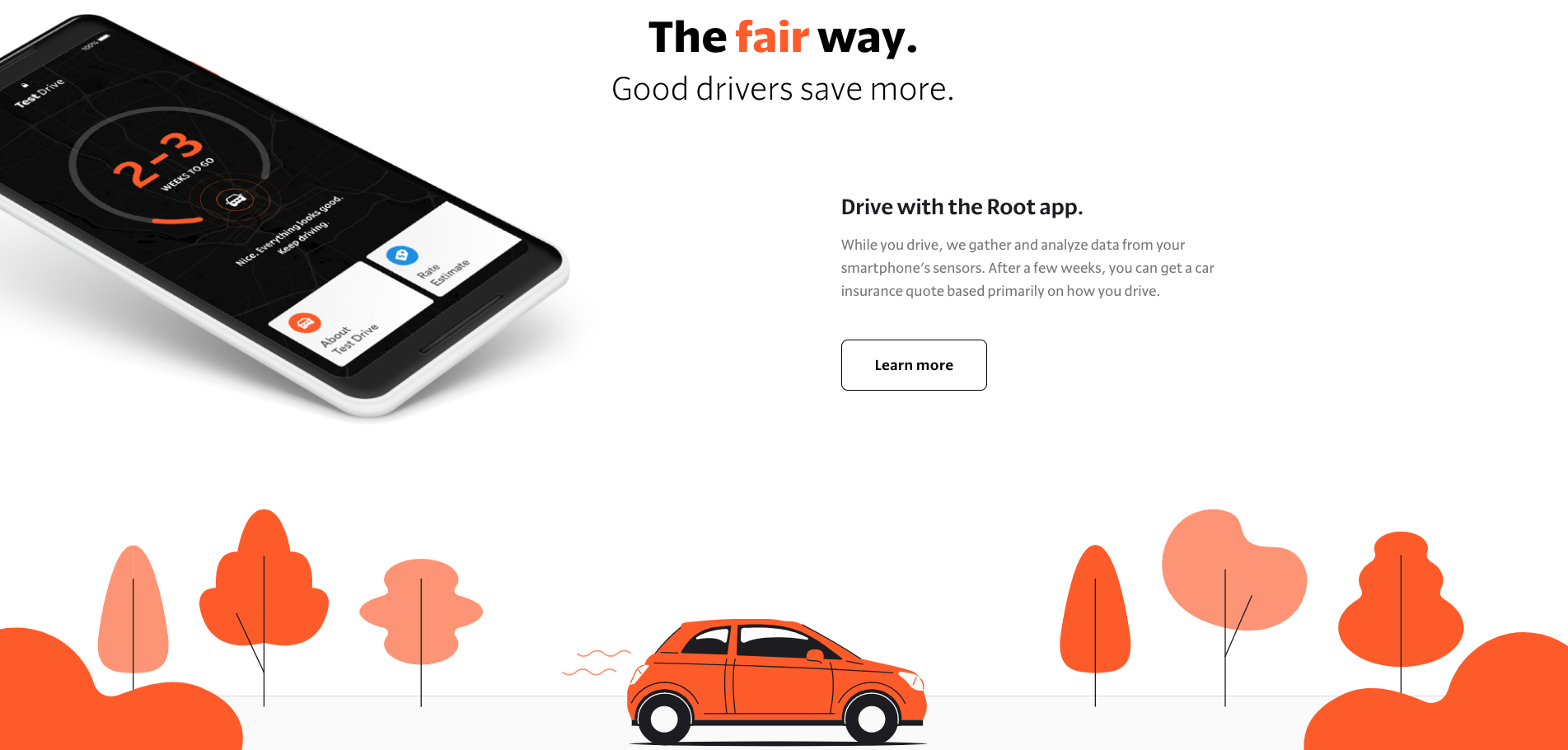
Finally, here’s a reason to believe Root is eyeing the B2B space: “The Product Director, Enterprise position will be focused on building B2B SaaS products from the ground up. You will need to be both hands-on with customers to define the product and work with the business team on how to scale a business. You will work closely with the commercial team to understand the commercial opportunity for the SaaS product, and translate that opportunity into a product vision and iterative roadmap. You will have the opportunity to build and scale revolutionary products, and will leverage your existing experience building developer tools and services to help build a successful platform here.” – Via Root’s Director of Product, Enterprise job ad.




